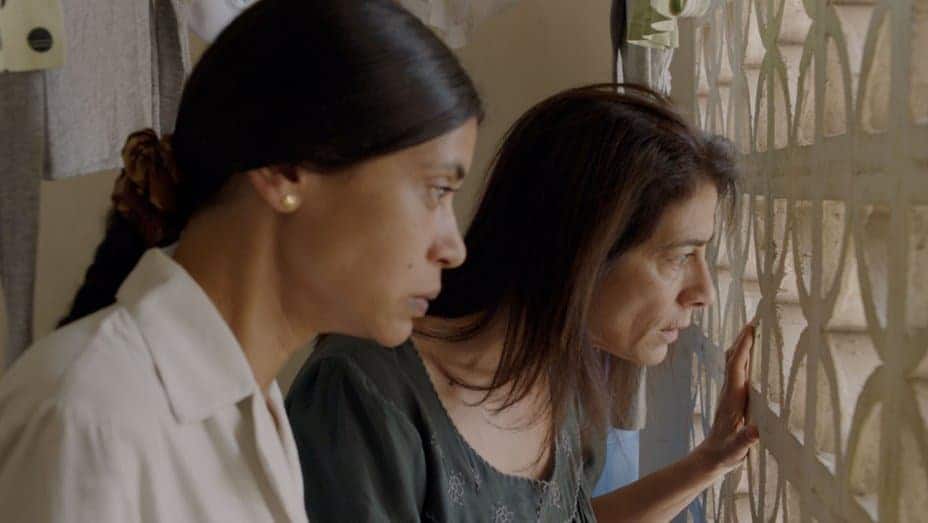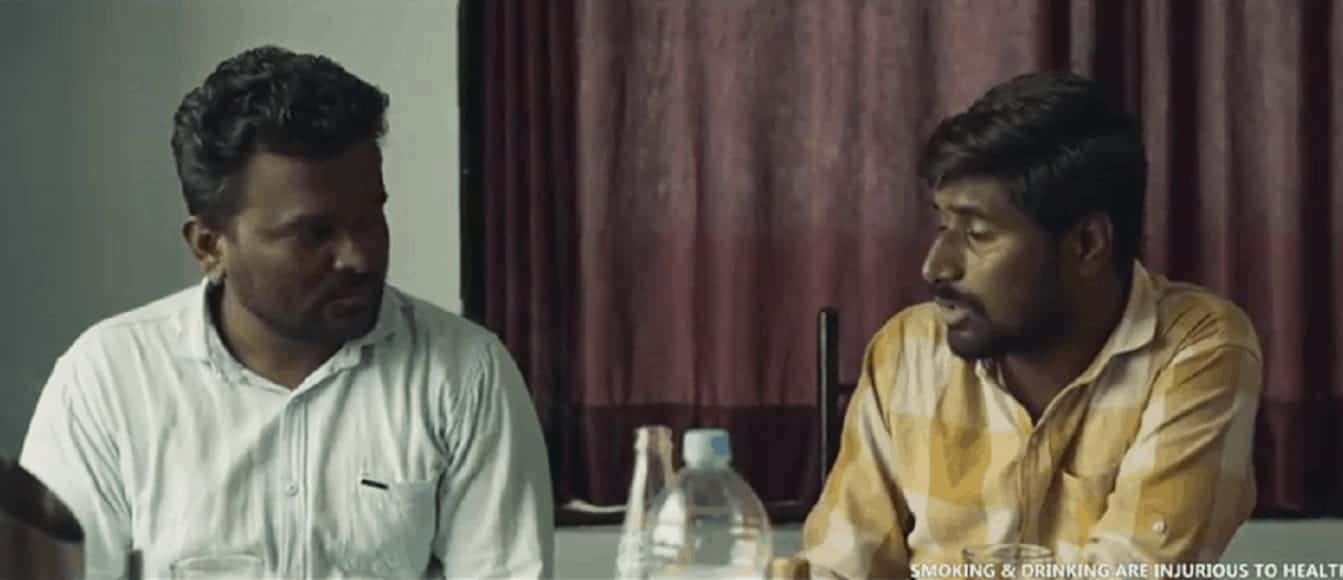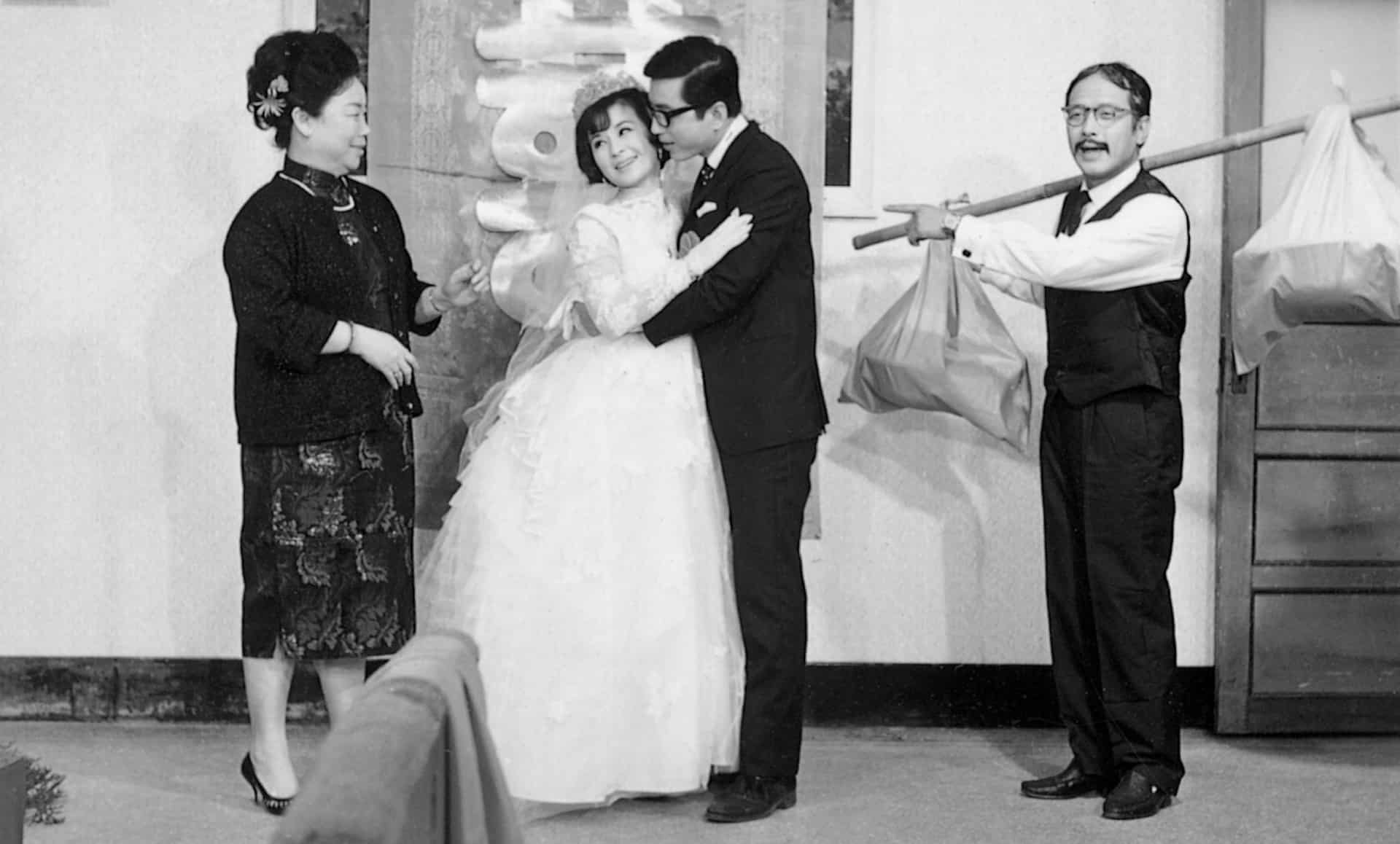“Forget about the world outside. It does not count anymore.”
The Syrian uprising originally started as a peaceful movement, a part of the Arabian Spring movement which had already led to uprisings and revolutions in Egypt and Libya, which the Assad regime, fearful of the consequences it had observed in the neighboring states, met with unparalleled force. In an interview published at the beginning of 2017, Julie Lenarz, director of the Human Security Centre, explains how unreliable the influx of information regarding for example the exact death toll within Syria's civilian population is. Inaction, she continues, or hypocrisy, which constitute the world's reaction to the conflict thus far, have only led to the situation becoming unbearable for many leading to an unknown number of deaths and injured, people without medical care or access to food and water as well as the large number of refugees fleeing their country since the long journey to Europe seems the far better option than waiting for ISIS, the Syrian government or Russia to drop bombs on their houses. In an “interdependent world” fooling yourself into thinking inaction is without consequences and a conflict of that scale would eventually be contained is “intellectually dishonest”.
Buy This Title
For Belgian director and cinematographer Philippe van Leeuw, the humanitarian disaster of the conflict turned into an intense experience as he was listening to a story of a Syrian colleague whose father had been locked inside his own apartment without food and water for several days. In an interview published on the homepage of theupcoming.co.uk, the director claims he feels like the story had “chosen” or “taken” him, even though he is quick to admit the obvious pathos of that statement. However, much like with his first feature “Rwanda – The Day God Walked Away”, a personal story about the Rwandan genocide, van Leeuw explains how shocked he was as the public's attention quickly turned away from the conflict in Syria as the fights in Libya finally erupted resulting in the removal and eventual death of Muammar Gaddafi. The filmmaker sensed a distinct urgency for the story to be told, to present the situation as immersive as possible using the means of the medium he knows so well. To help him with creating an authentic approach, van Leeuw continued talking to Syrian refugees in his country as well as colleagues in exile such as Syrian director Hala Mohammad.
Shot in Beirut in a period of around 20 days, “In Syria” tells a story of the war divided into the one outside and the one inside, in this case the one taking place in an apartment occupied by a family, the last people living in the building.
Oum Yazan (Hiam Abbas) and her family have been hiding as best as they can in their apartment in Damascus while outside the civil war rages on with sheer constant air raids, shots being fired and other sounds of battle. Since the other families have already left the building, they have been careful not to show themselves outside too much in case of snipers or roaming bands of thieves on the streets looking for easy targets. Since their apartment has been hit by a bomb, Halima (Diamand Abou Abboud) and her husband Samir (Moustapha Al Kar) have been sharing the apartment with Oum and her family planning to take the first chance of escaping to Europe.

On the day Samir is supposed to meet a reporter who will help them on their journey away from Syria, Delhani (Juliette Navis), the Philippine domestic aid, witnesses how he is shot by a sniper. Unsure whether he is alive or not, she tells Oum about the event who tells her to keep it to herself until it is safe enough to go outside and look. However, as the attacks on the nearby area become increasingly vicious, tensions rise between Oum, Delhani and the rest of the family about whether or not they should try and help Samir.
In the opening shot, we see a group of men gathered outside a complex of apartment buildings, engaged in what seems to be a heated discussion. The surrounding area has obviously been attacked several times with a lot of debris lying around as well as a general feeling of decay emanating from the buildings and the streets, completing the overall abandoned look of the outside space, a wasteland more or less with the few living souls still left feeling more like walking antitheses in this war zone. As if to confirm the thoughts of the audience, a shot followed the outcry “Sniper” quickly disbands the group, with the men fleeing in all different directions while the camera reveals the face of an old man smoking and watching the scene from a window upstairs. He is neither shocked nor terrified as he sighs slightly before returning to the dim architecture of the apartment where he lights up another cigarette as he sits down on the sofa. Finally, his head bends down, his forehead in both of his hands as if he is crying or praying, but no sounds come from the man as the camera pans to the side revealing the two massive wooden bolts at the door to the apartment.
“In Syria” is perhaps something of a paradox itself ,since it is a war film without actually showing battle. The war in the case of van Leeuw's movie is a collection of stories about bombs being dropped on buildings, sounds of detonations sometimes from far away and then brutally close, shacking the foundations of the family's home to its very core and the occasional story on the radio. The most disturbing fact for its viewer is perhaps how all of these horrible events have turned into a routine for those involved, something which will come eventually and has to be endured since tragedy and death have become elemental aspects of day-to-day existence, one which takes places exclusively indoors because the outside, as Abou tells his daughter-in-law, “does not count anymore” and the sooner one forgets about it the better.

By eliminating the possibility of the outside as a setting, the apartment is the last resort, the reduction of space providing an uncertain sense of security. Interestingly, in the past years films like Mohamed Diab's “Clash” or Samuel Maoz' “Lebanon” have reduced the physical space of their protagonists, resulting in a concise narrative about the complexity of war, the religiously motivated hate and the humanitarian disaster that goes with any conflict. Within the logic of the narrative, there is no deeper layer to the violence outside which would implicate some kind of twisted logic: the deaths, the destruction and the growing desperation follow no apparent reason. The inside, the apartment remains the last bastion of something remotely resembling not just routine but also values as the filled bookshelves might suggest, a home where “no one will drive me out of” as Oum says, keeping a belief alive she is perhaps the only one still clinging to.
Maybe the most interesting constellation is the conflict between Oum and Halima. While the other still puts her hope in the safety of the inside, Halima and her husband have made the decision to trust in the outside, the vague, yet more hopeful promise of a better place somewhere else. Left with no other option, with their home destroyed by a bomb and their child with no future in the land of the dead war has created leaving home is a last resort, a notion creating a chasm between her and Oum. “We will not speak about it” is what she tells her as she mentions how they have been planning to escape to Europe, a taboo topic for a new start would have to begin with the deconstruction of the self and one's living standard, a stab in the dark with uncertain results.
“In Syria” is a film attempting to reduce a conflict such as the Syrian civil war visually and narratively by focusing on those still left inside, those running out of options as well as those confronted by the difficult decision to abandon one's life for a new, uncertain one in a strange country, but than again strangeness is preferable to being dead. This is a disturbing movie, one whose strong performances and visuals will never judge one of the characters one sees on screen, but asks to put yourself into their shoes and how you would decide.
Sources:
1) The statement by the director as well as all the information about him and the cast can be found on the German homepage of the film.
innenleben-film.de/#film, last accessed on: 12/13/2017
2) Vivarelli, Nick (2017) Palestinian actress Hiam Abbas on ‘Insyriated', Why the First Victims of Trump Travel Ban Are Americans
variety.com/2017/film/global/palestinian-actress-hiam-abbbas-on-insyriated-and-why-the-first-victims-of-trump-travel-ban-are-americans-1201984864/, last accessed on: 12/13/2017
3) Munro, Vicky (2017) Insyriated: An interview with director Philipe van Leeuw
www.theupcoming.co.uk/2017/09/08/insyriated-an-interview-with-director-philippe-van-leeuw/, last accessed on: 12/13/2017)
4) Mali, Malhar (2017) Understanding Syria: Julie Lenarz Explains
areomagazine.com/2017/01/05/understanding-syria-julie-lenarz-explains/, last accessed on: 12/13/2017
















